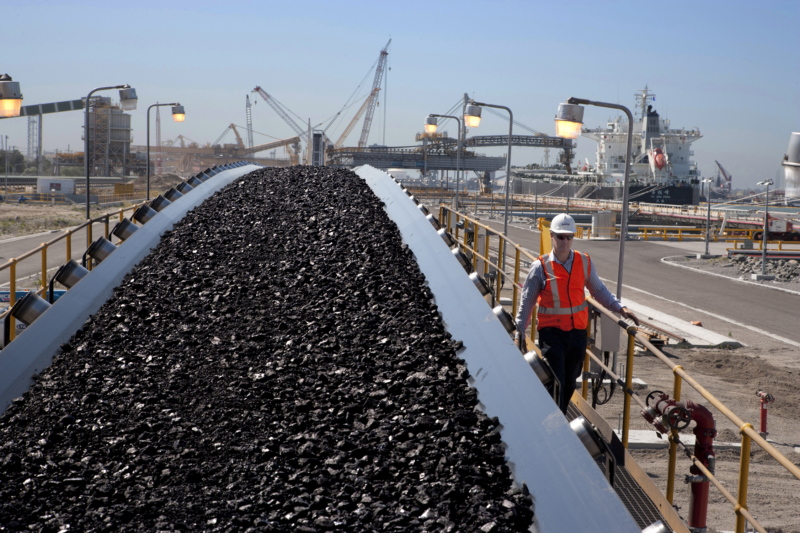Coal burning is believed to be the largest contributor to climate change. China burns at least four times more coal than any other nation. So, it is fair to assume that China should be taking the most initiative to find alternative sources of energy to minimize climate-changing CO2 and greenhouse gas emissions. The question is, is it?
To support its economic growth over the past few decades, China built over a thousand coal plants, which now contribute 20% of the total greenhouse gases in the air. The risks associated with such a significant amount of emissions are evident. As the Emmy Award winning documentary series “Years of Living Dangerously” stresses in a recent climate-focused episode, if China cannot effectively curb its release of CO2 and greenhouse gases, it is estimated that the nation’s production will be equal to the entire world’s current total emissions by 2050.
The Chinese government recognizes the negative effects burning coal will have on the environment if it is not curbed in the near future. They attended the recent Paris Summit on Climate Change, signed the 2016 Paris Agreement promising to mitigate greenhouse gas emissions, and now need to hold to their end of the bargain.
So the question remains: is China pulling its weight regarding climate change? The short answer is yes. In addition to its participation in the Paris Summit, China is making substantial efforts to minimize its environmental footprint, and they are proving to be successful thus far. Coal consumption levelled off in 2014 for the first time in fifteen years and actually decreased by 3.7% in 2015. This came as a result of the government’s placing limits on coal production and closing a number of mines. The efforts continued throughout 2016, when the government stopped construction of 30 coal plants.
The government is also developing a cap-and-trade program to encourage companies to use cleaner energy sources, such as natural gas or solar power. Essentially, cap-and-trade puts a price on carbon, so there is a limit placed on the total emissions any one company can make. If a company exceeds the limit, it may choose either to find more efficient forms of energy production or purchase another company’s ‘allowance’ if the company’s production did not reach the cap. Developed as a pilot project, two Chinese provinces have been operating under a cap-and-trade market since 2013 and the government plans to launch a national program by July 2017.
Not only is China working to decrease coal-fire emissions, but it is also investing in the ‘industries of the future,’ wind and solar power, that are believed to eventually replace coal burning and other greenhouse gas emitting methods. According to Climate Nexus, an organization focused on promoting the use of clean energy, China spent over US $110 billion on renewable energy in 2015. This is a 17% increase from the previous year, showing that China is being proactive in finding alternative energy sources that can reduce the nation’s carbon footprint.
While the Chinese government appears to be making strides and claims that it will end coal production entirely within ten years, certain recent actions have cast doubt on the nation’s commitment to decelerating global warming. The government’s concern about possible electricity blackouts is pushing it to lift the limits previously placed on the coal industry, potentially reversing the progress made so far. Regarding the 30 mines they closed, it should be noted that the government focussed on closing smaller, privately owned mines while state-owned coal mines actually increased in size.
Even with these exceptions, the nation’s coal consumption has decreased since 2014 as previously mentioned. Climate Action Tracker also maintains that China is currently on track to meet its 2020 and 2030 goals in reducing emissions. As long as China upholds its commitment to curb coal burning and, at the very least, does not abandon its current initiatives, then it is fair to say that China is taking a leading role in limiting climate change.
Photo: A mining technician oversees a coal export terminal (2014), by Peabody Energy, Inc. via Wikimedia. Listed under Public Domain.
Disclaimer: Any views or opinions expressed in articles are solely those of the authors and do not necessarily represent the views of the NATO Association of Canada.




